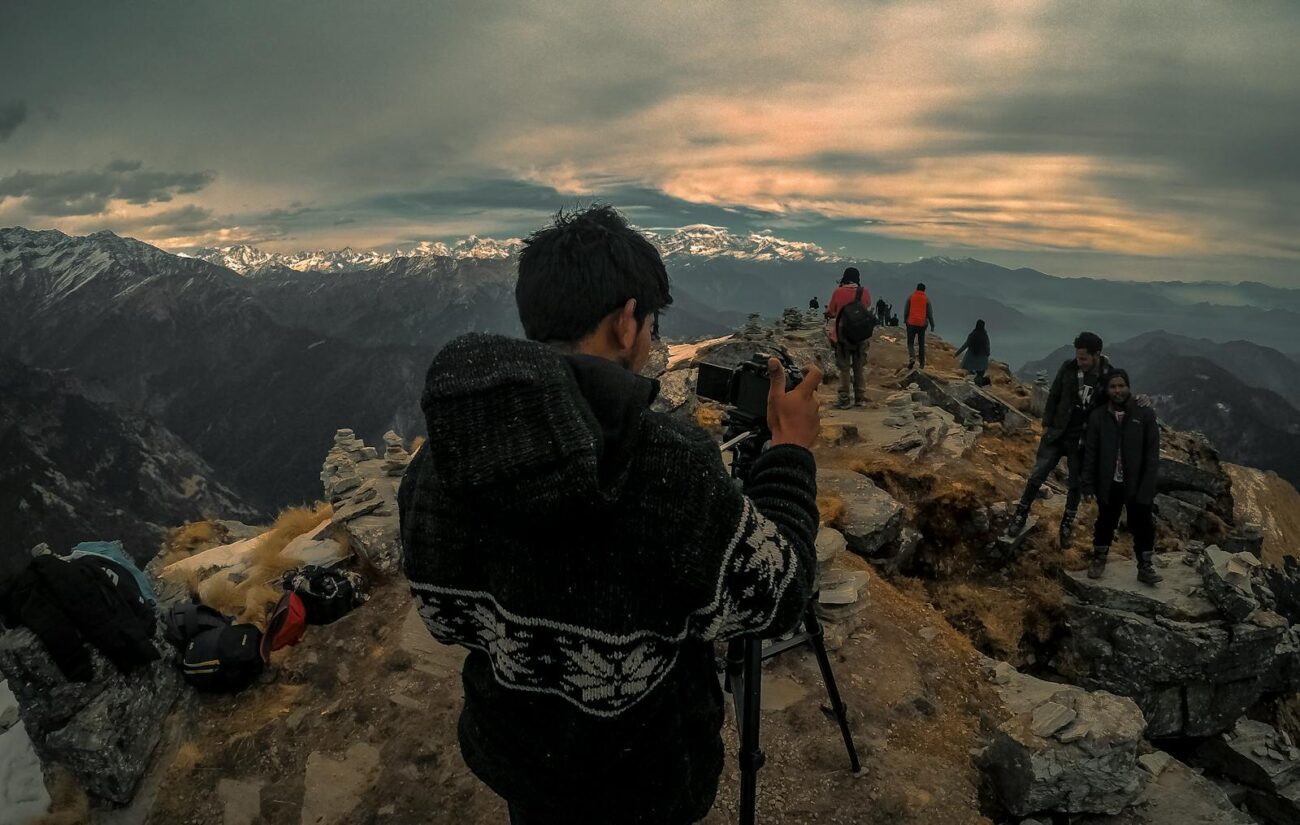In our digital age, the act of capturing a moment has become almost reflexive. We whip out our phones to document sunsets, concerts, family gatherings, and everyday miracles, often viewing life through the rectangular frame of our screens. The irony is palpable—in our quest to preserve experiences, we frequently miss experiencing them fully. This paradox of modern photography raises an important question: How can we document our lives while still remaining present in them? This article explores the delicate balance between capturing moments and living them, offering practical strategies for photographers at all levels to stay mindful while shooting.
The Mindful Photography Paradox
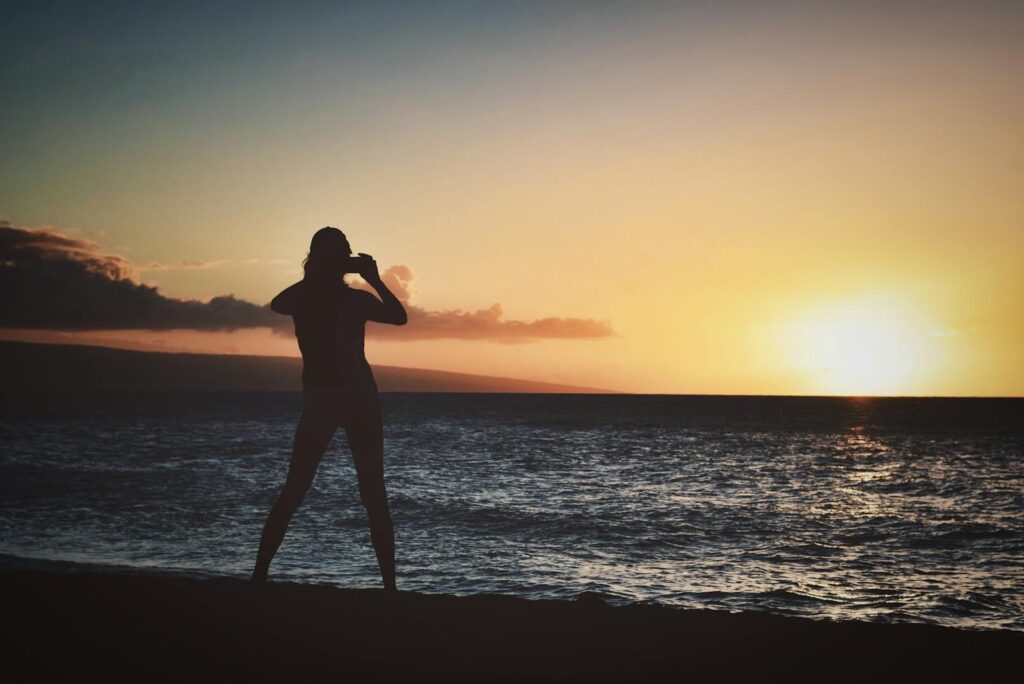
The tension between documentation and presence represents one of modern photography’s greatest challenges. When we’re constantly thinking about framing, lighting, and capturing the “perfect shot,” we risk disconnecting from the very experience we’re trying to preserve. Research in cognitive psychology suggests that the act of photographing can actually impair memory formation if we’re not mindful about our approach. This phenomenon, sometimes called “outsourcing memory,” occurs when we rely on our devices to remember experiences rather than fully processing them ourselves. The good news is that mindful photography—shooting with intention and awareness—can actually enhance our connection to the moment rather than diminishing it. Finding this balance starts with recognizing the paradox and consciously working to remain present while documenting.
Setting Intentions Before Shooting
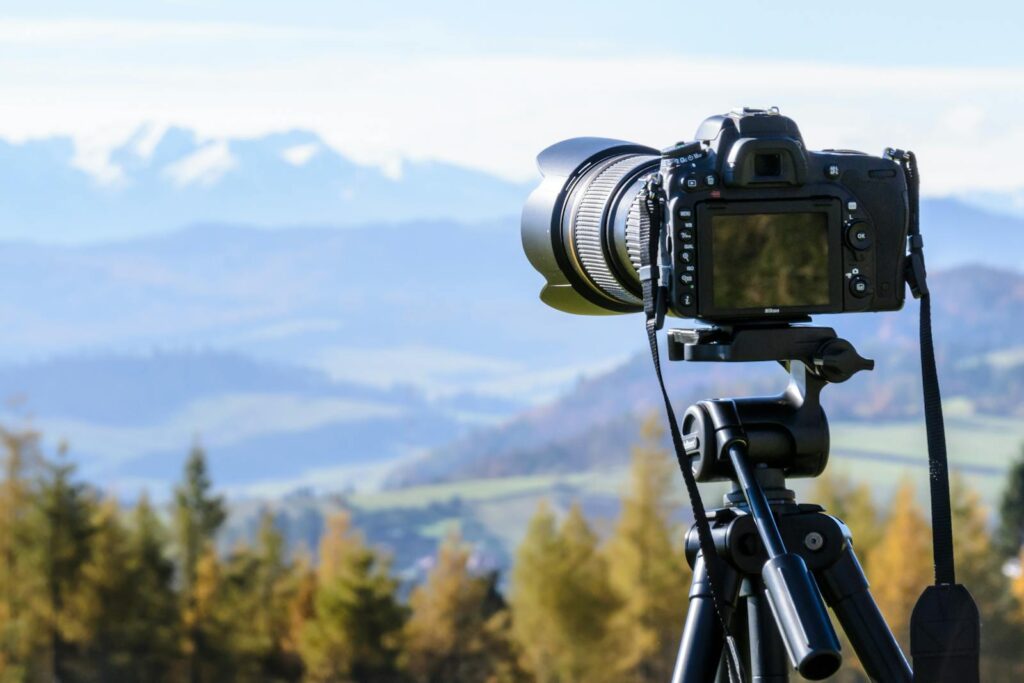
Beginning any photography session with clear intentions can dramatically shift how present you remain during the experience. Before raising your camera, take a moment to ask yourself why you’re photographing this particular scene or event. Are you documenting for personal memories, creating art, sharing with others, or some combination of these motivations? Understanding your purpose helps focus your efforts and prevents aimless shooting that disconnects you from the experience. Consider setting specific goals for each photography session—perhaps capturing three meaningful moments rather than hundreds of random shots. This intentional approach not only improves the quality of your images but also ensures you’re present enough to experience what you’re photographing. Many professional photographers actually find that limiting their shots forces them to be more deliberate and engaged with their subjects.
The “Camera Down” Rule

Implementing a simple “camera down” rule can dramatically improve your present-moment awareness while photographing. This technique involves deliberately lowering your camera or phone after taking a few shots to spend time directly experiencing what you’re capturing. For example, after photographing a stunning sunset, put your device away and spend at least five minutes simply watching the changing colors with your naked eye. This practice creates a rhythm of documentation and direct experience that prevents photography from overshadowing the moment. Many professional photographers swear by this technique, particularly at significant events like weddings or family gatherings. The balanced approach ensures you get the shots you want while still creating firsthand memories that exist independently of your photographs.
Mindful Composition Techniques
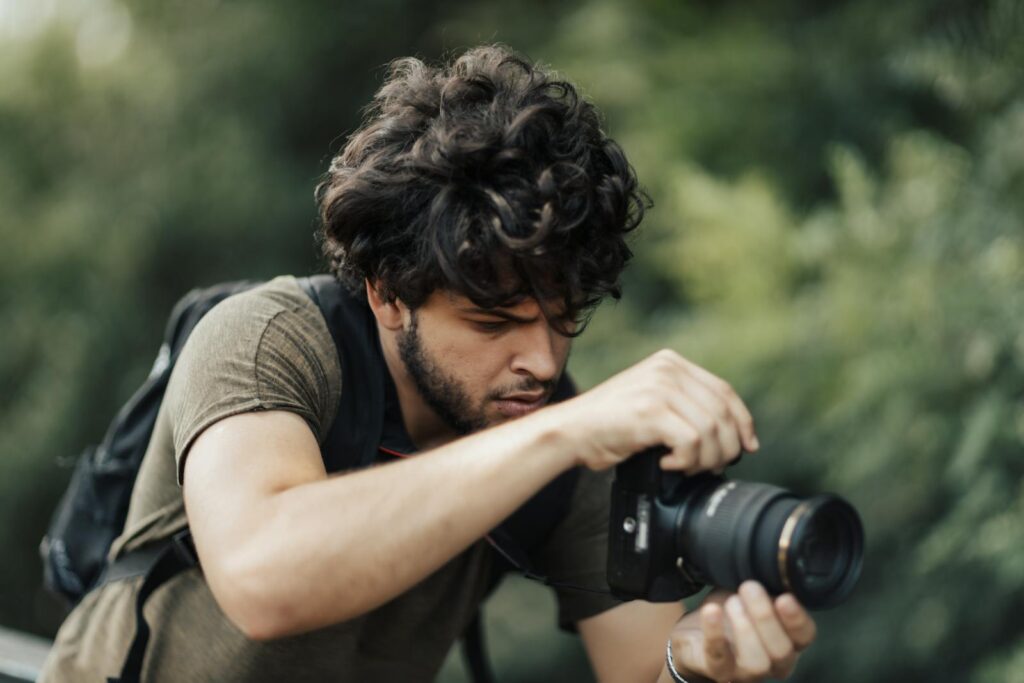
The act of composing a photograph can actually become a mindfulness practice that enhances rather than detracts from your experience. When approaching a scene, take slow, deliberate breaths while observing how light, color, and form interact before ever raising your camera. Notice how this mindful observation allows you to see details you might otherwise miss—the particular quality of light, subtle color gradations, or interesting juxtapositions. This approach transforms photography from a distracted grabbing of images to a meditative practice that deepens your connection with your surroundings. Many photographers find that working more slowly and deliberately not only improves their presence but also results in more compelling images that truly capture the essence of a place or moment. Consider using manual settings that require more thoughtful engagement with the technical aspects of photography, further grounding you in the present moment.
The Single Shot Challenge
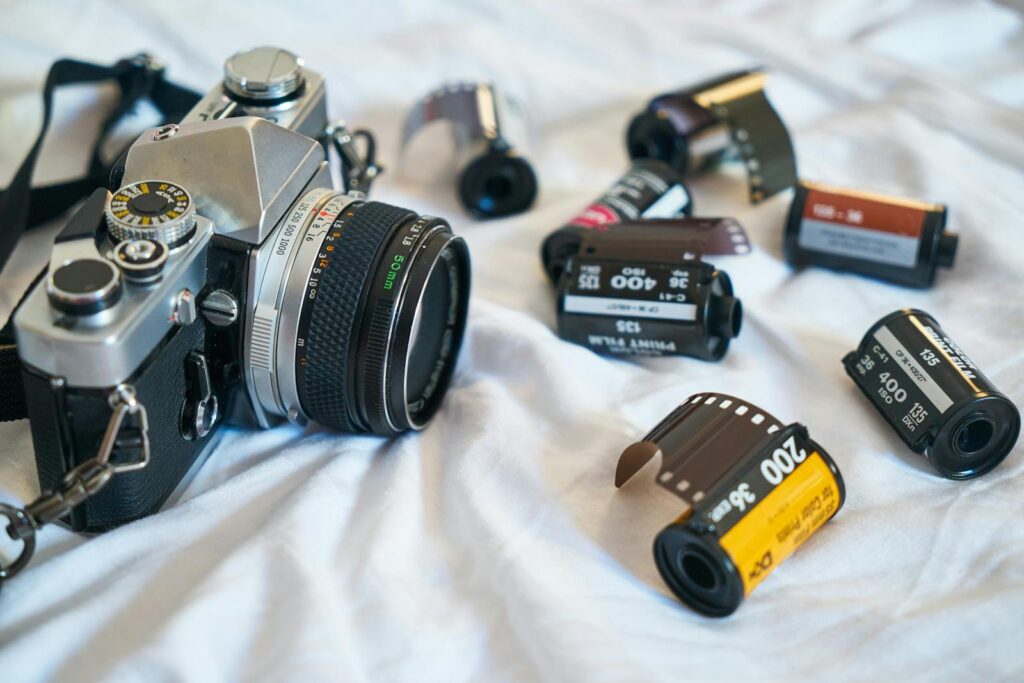
In an era of unlimited digital storage, we often fall into the habit of taking dozens or even hundreds of nearly identical shots. This “spray and pray” approach not only disconnects us from the moment but also creates a massive editing burden later. Instead, try challenging yourself to take just one or two carefully considered photographs of a scene or moment. This constraint forces you to be fully present, deeply observing before committing to a single, meaningful capture. Photographers who practice this technique often report a heightened sense of connection with their subjects and surroundings. The single shot challenge works particularly well for travel photography, where the temptation to continuously document can prevent authentic cultural engagement. By limiting yourself, you’ll likely find that both your presence and the quality of your images improve dramatically.
Balancing Technical Mastery and Presence
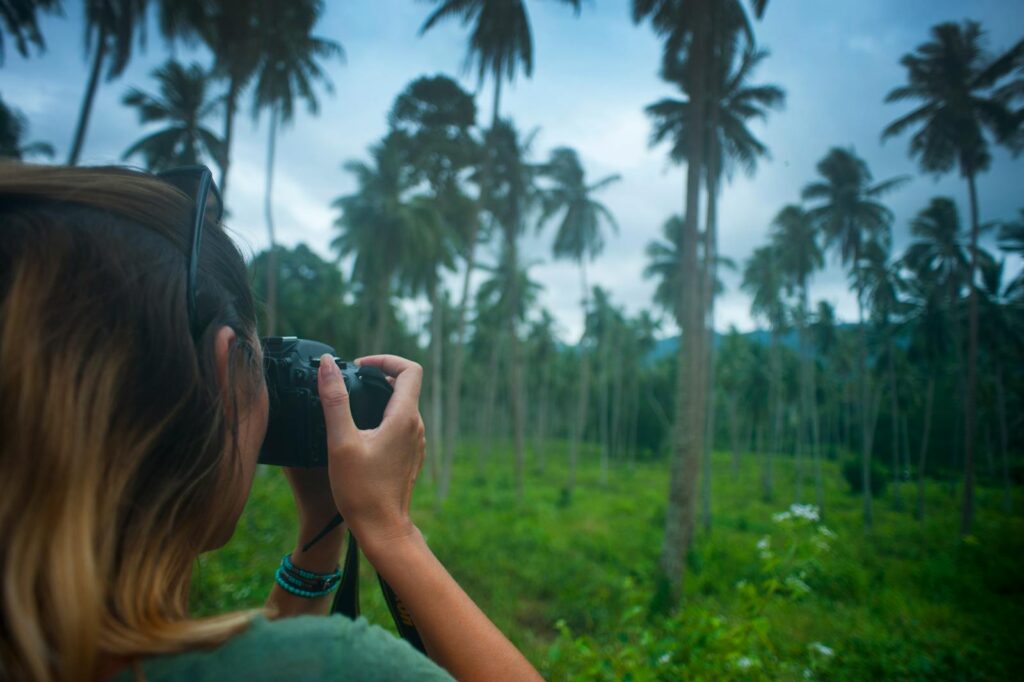
Technical proficiency plays a crucial role in maintaining presence while photographing. When you’re struggling with camera settings or unsure how to achieve a particular effect, your attention becomes divided between technical concerns and the experience itself. Investing time in mastering your equipment—whether it’s a professional camera or smartphone—pays dividends in your ability to remain present. Practice basic techniques until they become second nature, allowing you to make adjustments almost automatically while keeping your awareness on the scene before you. Many photographers find that using simplified setups, like a single prime lens or consistent camera settings, reduces technical distractions and allows greater immersion in the moment. Remember that technical mastery serves presence, not the other way around—the goal is to make the camera an extension of your perception rather than a barrier to it.
The Art of Observing Before Shooting
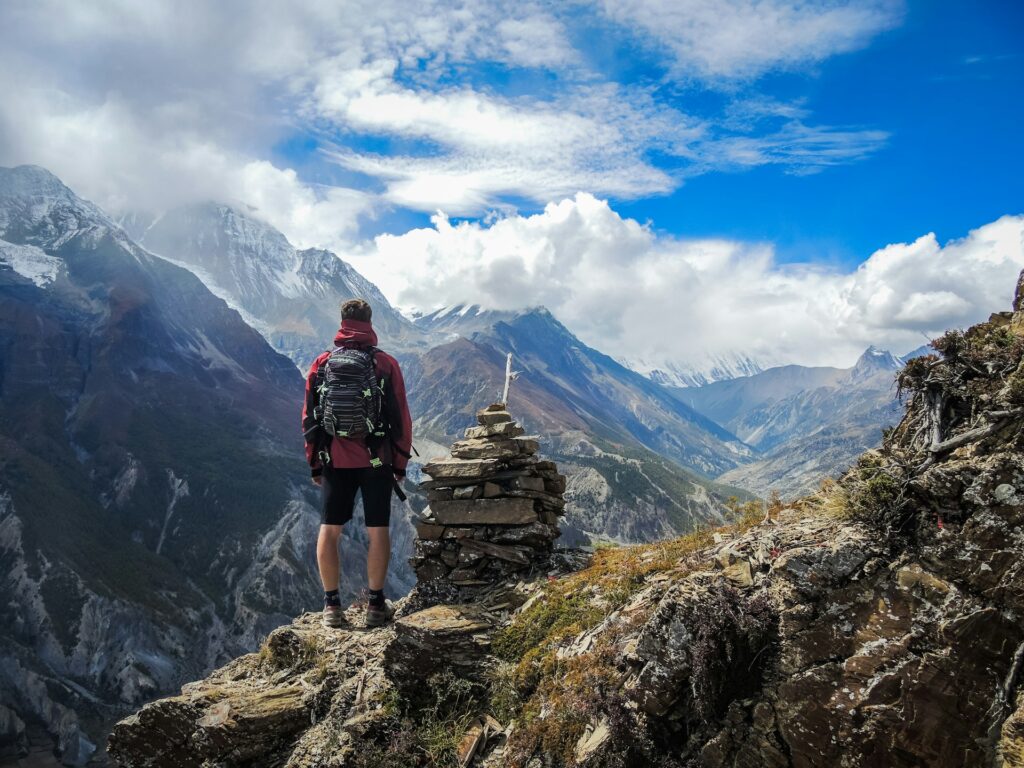
Developing the discipline to observe before shooting transforms both your photographic results and your experience. When arriving at a new location or scene, challenge yourself to spend the first few minutes simply looking—without your camera—to absorb the atmosphere, lighting, and emotional tone of the place. Notice what naturally draws your attention, what stories seem to be unfolding, and what unique elements might be worth capturing. This practice of mindful observation allows you to form a deeper connection with your subject before introducing the camera as an intermediary. Professional documentary photographers often spend significant time building relationships and understanding before ever taking a photograph. By prioritizing observation, you not only capture more authentic and meaningful images but also create richer memories of the experiences themselves.
Photography as a Form of Meditation
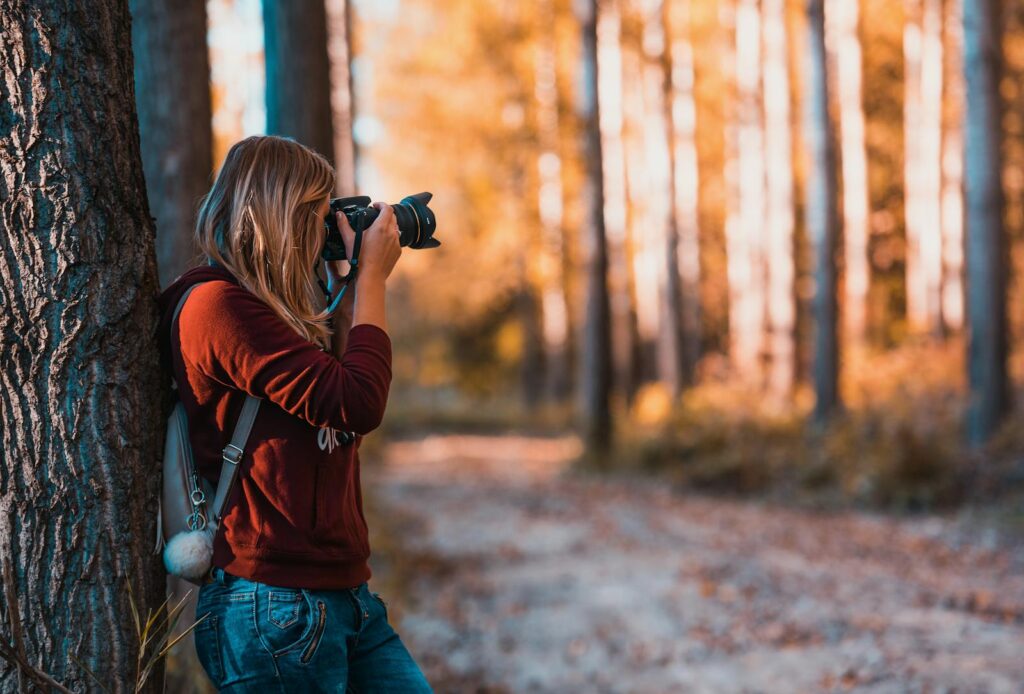
Rather than viewing photography as a distraction from presence, we can reframe it as a meditative practice that actually enhances our awareness. When approached mindfully, the act of photographing can sharpen our attention to visual details, quality of light, spatial relationships, and emotional resonances that might otherwise go unnoticed. This heightened perceptual awareness represents a form of meditation—a focused attention on the present moment through the medium of visual observation. Many contemplative photographers practice techniques like “receiving the moment,” where they wait for an image to present itself rather than hunting for shots. This receptive approach requires patience and presence, transforming photography into a practice of deep seeing rather than mere documentation. By bringing meditative awareness to your photography, you may find that the camera becomes a tool for deepening your engagement with reality rather than separating you from it.
Digital Detox: Shooting on Film
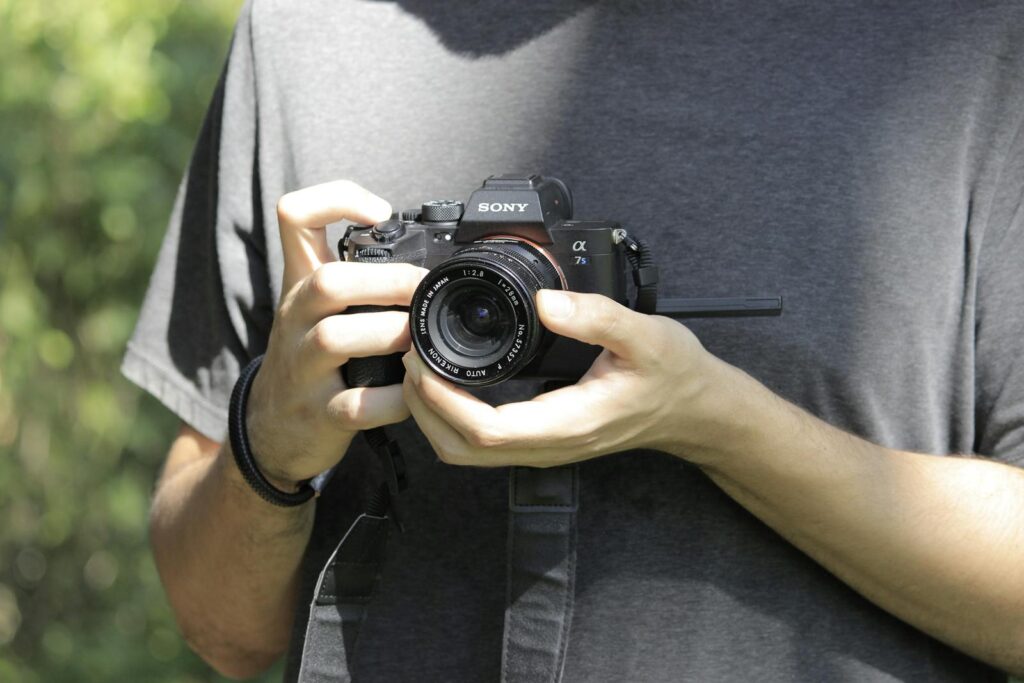
In our era of instant digital gratification, the slow, deliberate process of film photography offers a powerful antidote to distracted shooting. Film’s physical limitations—finite exposures, no instant review, and development costs—naturally encourage a more present and thoughtful approach to photography. When each frame has a tangible cost and cannot be immediately reviewed, photographers tend to slow down, carefully consider each composition, and fully engage with their subjects before pressing the shutter. Many photographers report that returning to film, even occasionally, has transformed their relationship with digital photography as well. The mindfulness practices cultivated through film work—patience, presence, and careful observation—can transfer to digital shooting, creating a more balanced approach. Consider experimenting with film as a “presence practice” that helps reset your photographic habits and relationship with the medium.
Social Media’s Impact on Photographic Presence

The influence of social media on our photographic habits cannot be overstated. The constant pressure to create “shareable” content often shapes what we choose to photograph and how we experience moments. Research suggests that when we photograph primarily for social sharing, we tend to prioritize conventional, recognizable images over personal, meaningful ones—essentially seeing through the projected eyes of our audience rather than our own. This anticipation of sharing can create a mental removal from the present moment, as we’re already imagining future responses to an experience we’re not fully having. Breaking this cycle requires conscious effort to separate the act of photography from the act of sharing. Consider implementing practices like delayed posting, shooting in airplane mode, or designating certain experiences as “personal only” to reclaim photography as a tool for personal connection rather than social validation.
Photographing with Loved Ones: Shared Presence

Family gatherings, vacations, and special events present unique challenges for staying present while photographing. The desire to document precious moments with loved ones can paradoxically prevent us from fully participating in those very moments. Creating a balanced approach might involve establishing “camera-free periods” during gatherings, where everyone agrees to put devices away and simply be together. When you do photograph, communicate your intentions with others so they understand you’re documenting the experience rather than withdrawing from it. Many families benefit from rotating the role of photographer so that no single person becomes permanently stuck behind the lens. Remember that the most meaningful photographs often emerge from genuine engagement rather than posed setups—when you’re fully present with loved ones, you’ll naturally capture more authentic and emotionally resonant images.
The Power of Post-Processing Rituals
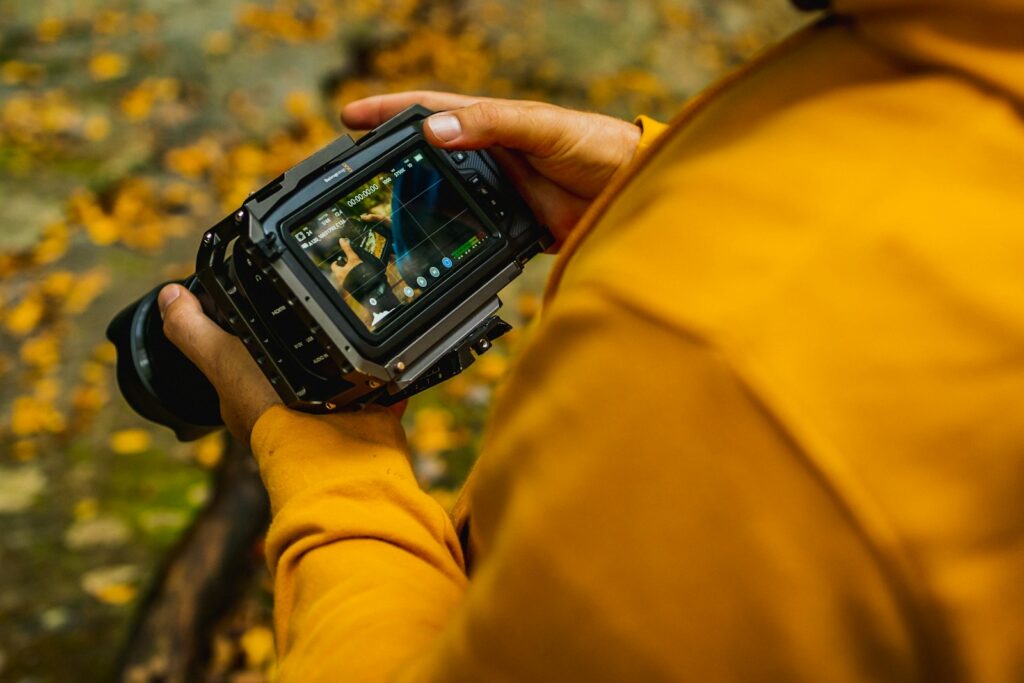
How we engage with our photographs after taking them significantly impacts our relationship with both photography and memory. Rather than allowing images to accumulate unexamined on devices, establish meaningful rituals for reviewing, selecting, and reflecting on your photographs. Set aside dedicated time to thoughtfully process your images, perhaps creating albums, prints, or projects that give them lasting meaning beyond the initial capture. This deliberate engagement with your photographic record helps integrate the experiences into your memory and extends the value of the original moments. Many photographers find that physical prints or carefully curated digital collections provide a deeper connection to their experiences than endless scrolling through unorganized digital archives. By bringing mindfulness to the full photographic process—from capture through processing and sharing—you create a more meaningful and present relationship with both photography and memory.
Conclusion: The Mindful Photographer’s Journey
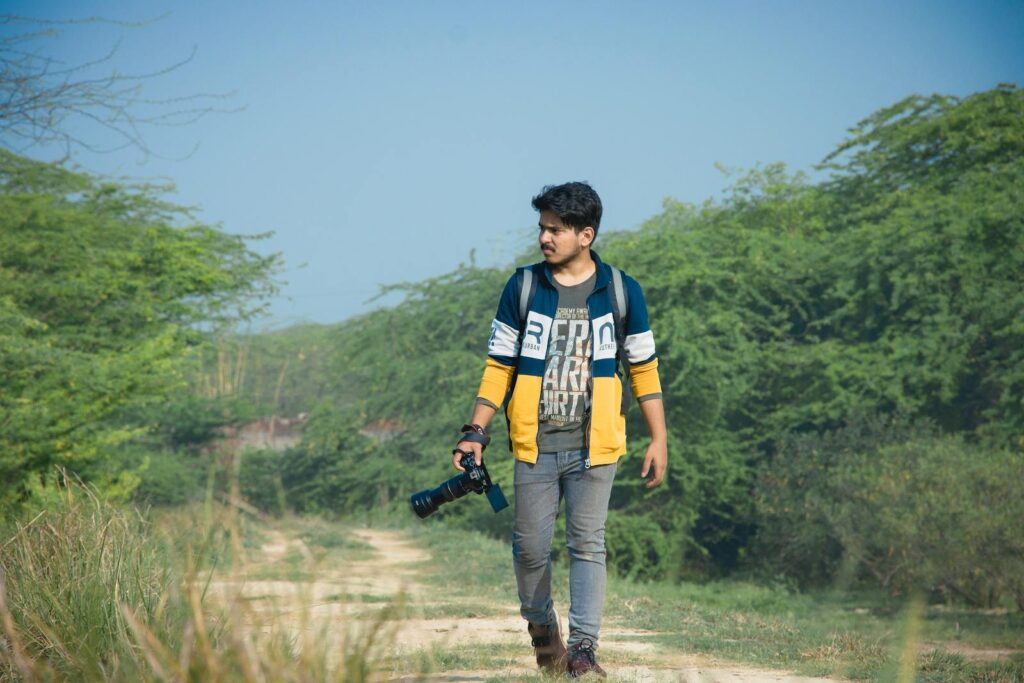
The tension between capturing and experiencing life represents not a problem to solve but a balance to maintain. Mindful photography invites us to see beyond the false dichotomy of “living versus documenting” toward an integrated practice where photography enhances rather than diminishes our presence. By approaching photography with intention, implementing practical techniques like the “camera down” rule, embracing constraints, and cultivating observational awareness, we transform our relationship with both the medium and our experiences. The mindful photographer understands that the most compelling images emerge not from desperate attempts to capture everything, but from deep engagement with selective moments. Perhaps the ultimate measure of photographic success isn’t the number or technical perfection of our images, but whether the act of photography deepened our connection to life. In that light, the question becomes not whether the photo happened, but whether we were truly present when it did.

